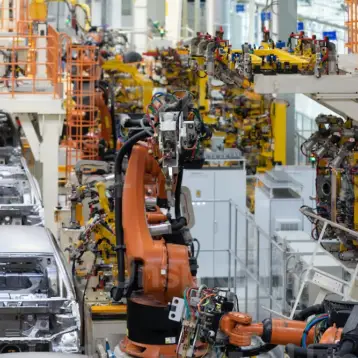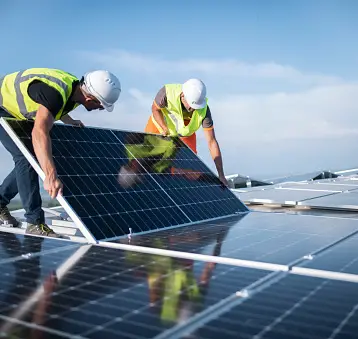|
Similarly to a battery, a fuel cell is composed of three main parts – two electrodes (a cathode and an anode), separated by an electrolyte. Chemical reactions at the electrodes produce the current that can be made to flow through an appliance connected to the battery or fuel cell. While batteries’ energy source is finite and limited by their size, fuel cells draw their energy from an external source of hydrogen fuel.
Direct methanol fuel cells (DMFCs), use methanol as their fuel and do not require reforming alcohol down to hydrogen. The only waste products of DMFCs are small quantities of carbon dioxide and water. In addition, in contrast to hydrogen, which is a gas and is therefore difficult to store and transport as it may explode, methanol is a liquid, making it easier to store and transport and making it safer to deal with in general. Methanol also has a high energy density – meaning that a little goes a long way in terms of power generation. This characteristic makes it very enticing for portable devices. Unfortunately, the DMFCs currently on the market suffer from drawbacks such as expensive materials, safety issues, and lower efficiency of the cell due to fuel waste.
|
The MIT researchers used a relatively new technique, known as layer-by-layer assembly, to create an alternative to the porous Nafion that is used in fuel cells. The result is a thin film that is two orders of magnitude less permeable to methanol, but compares favorably to Nafion in proton conductivity.
By coating a Nafion membrane with the new film, the engineers increased power output by more than 50 percent. The team is currently working to see whether the film could be used by itself, eliminating the need for Nafion altogether.
TFOT recently covered the first hydrogen powered manned flight, the HYmini, a hybrid ‘green’ mini power bank, and the voltaic solar charging backpack.
To read more on the new film and fuel cell technology see the MIT website.












